This HPA Tech Retreat devoted three sessions to an issue that’s grown in importance over the last few years: cybersecurity. The digitization of workflow, media, distribution and even projection has generally been a boon for efficiency and cost savings, but it’s opened a Pandora’s box of issues related to security, piracy and privacy. Motion Picture Solutions CTO Laurence Claydon addressed security holes in film/TV, Warner Bros. security architect Chris Taylor talked about security for on-location networks, and Avid director of architecture Rob Gonsalves delved into the scary topic of ransomware.
Claydon, who has worked in content localization for 20 years, asked attendees to raise their hands if they were interested in film/TV (nearly everyone raised their hands), and then security (very few). “If I go to a security conference, the hands are the other way around,” he says. “But we handle the content, so it’s our responsibility to handle its security.” He reported that the earliest example he could find of content piracy was when Mozart, at age 14, heard a piece of music closely held by the Vatican and then transcribed it from memory. “Since then, the advance of technology has increased the risk of piracy,” he notes dryly.
He briefly mentioned how the tsunami in Japan, which dramatically disrupted production of HDCAM SR videotapes, hastened the evolution to file-based workflows and the new hazards of online content. “Physical security allows you to control risk,” he says. “You know how many copies you made, you can lock it away in a safe place, and you can restrict playback with professional standards.” Industry security standards, he points out, are based on access.
